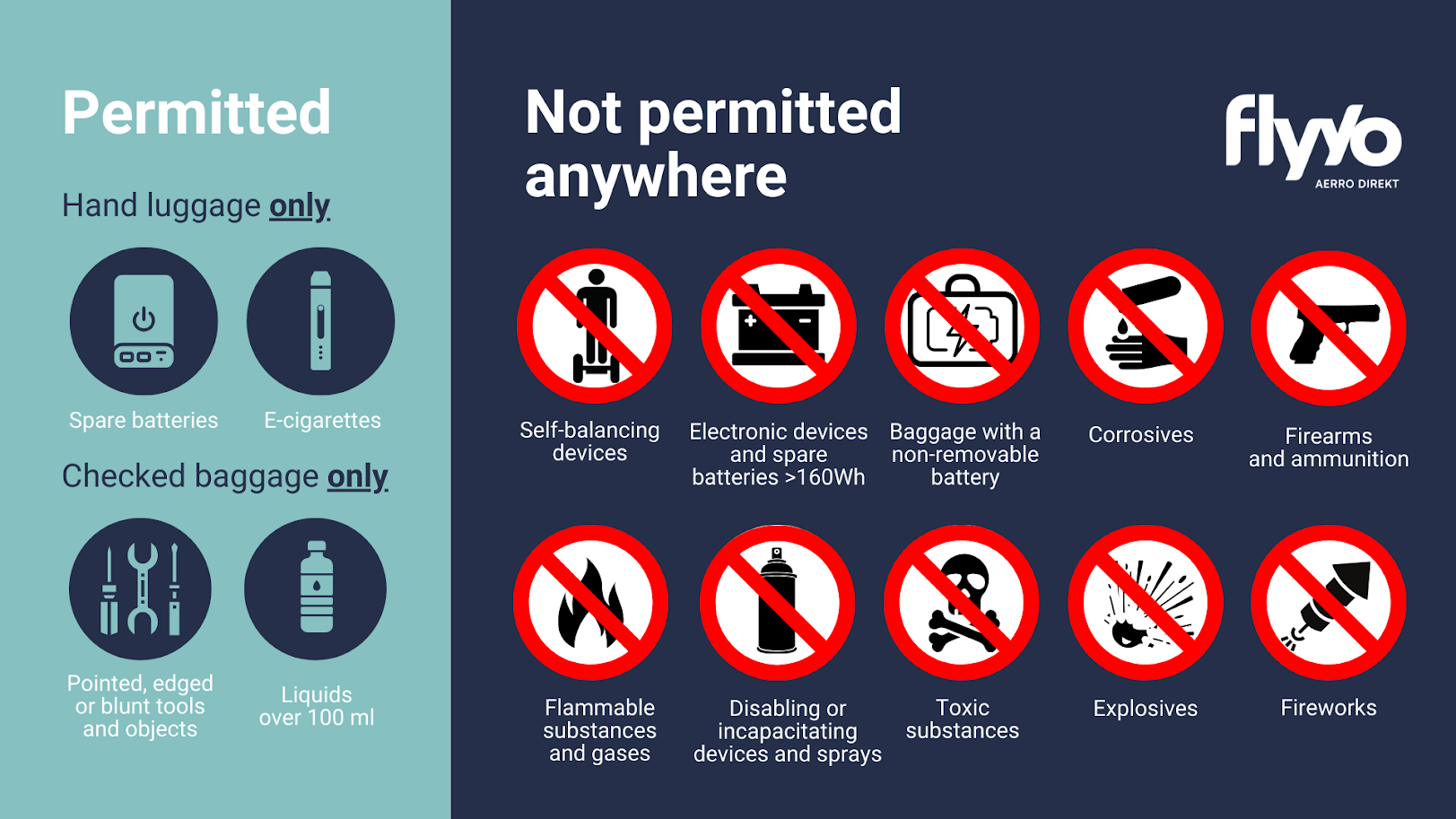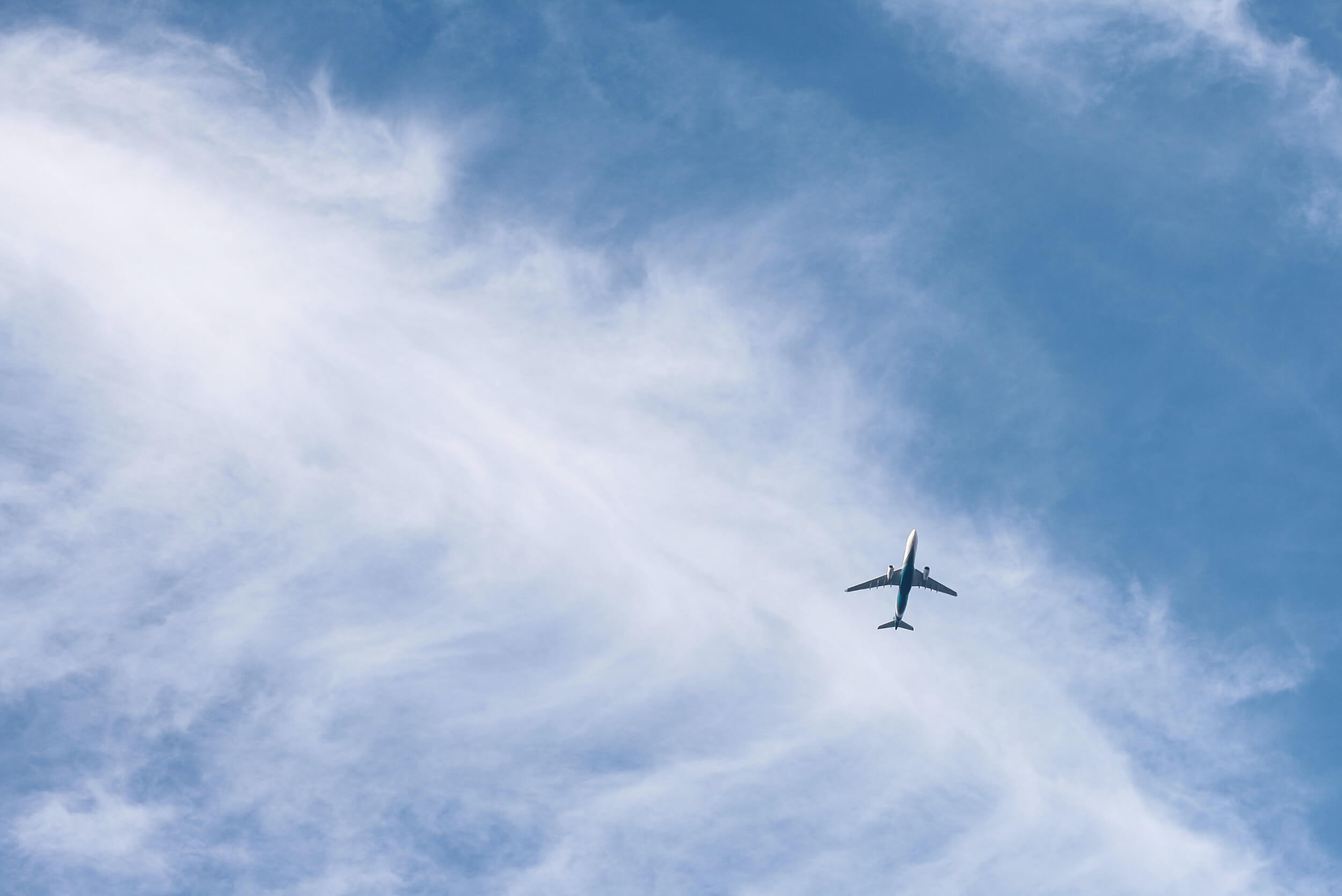
Dangerous Goods are items that may endanger the safety of an aircraft or persons on board the aircraft. Dangerous Goods are also known as restricted articles, hazardous materials and dangerous cargo. Many common items found in your household can be considered dangerous goods for the purpose of air transport.
Dangerous goods can only be transported by air if they are prepared by qualified personnel, unless if they are excepted. However, some dangerous goods may be carried in baggage by passengers and crew if the specified requirements can be met.
ITEMS THAT CAN BE CARRIED IN CHECKED BAGGAGE OR HAND LUGGAGE

See which dangerous goods can be transported in an aircraft in this extract of the Dangerous Goods Regulations which sets the standards for the transport of dangerous goods by air: English (pdf), French (pdf), German (pdf), and Spanish (pdf).
LITHIUM BATTERIES
A lithium battery can be carried by air depending on its configuration and Watt-hour rating (for rechargeable) or lithium content (for non-rechargeable). In addition, spare batteries may not be placed in checked baggage. Find more information about transporting lithium batteries (pdf).
SMALL LITHIUM BATTERY POWERED VEHICLES NOTICE
Balance wheel, air wheel, solo wheel, mini balance board and hoverboard, are considered small lithium battery powered vehicles. Please find instructions and a list of airlines that don't accept these devices in passenger baggage: see the small vehicles powered by lithium batteries - passenger provisions (pdf).
CARRIAGE OF BATTERY-POWERED MOBILITY AIDS
To support operators (airlines) to safely and efficiently accept and transport battery-powered wheelchairs and mobility aids required by passengers with reduced mobility. IATA with our member airlines prepared the battery-powered wheelchair and mobility aid guidance document (pdf).
ready to request a quote?
Contact us by filling in the form or using our e-mail
charter@flyyo.com

